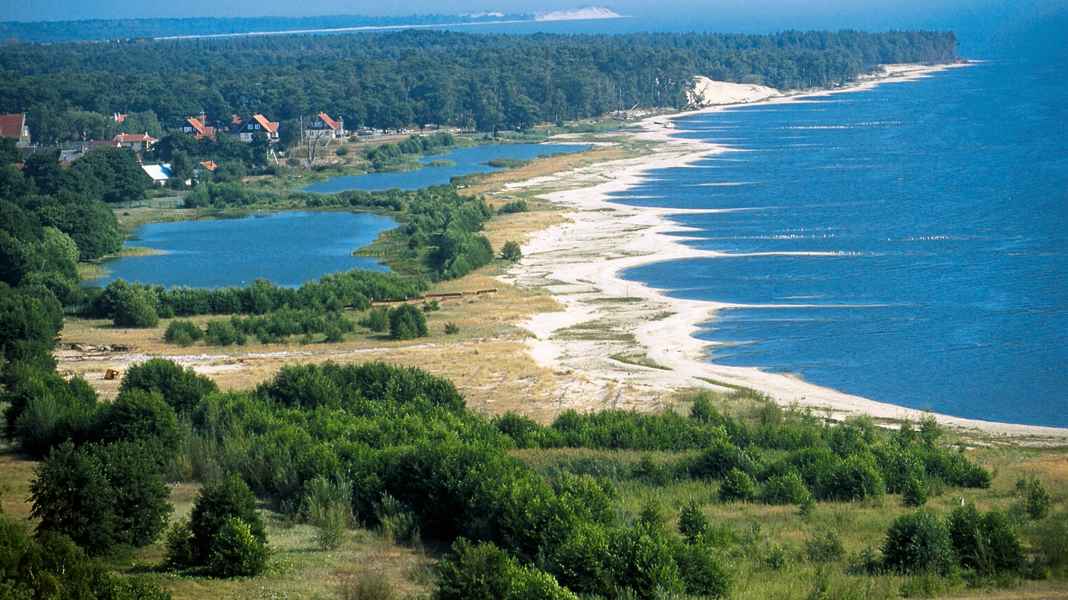
Country: Lithuania
Area: 265 km²
Of which water: 63.1%
There are 6,525 national parks worldwide, 16 of which are in Germany. They are retreats for plants and animals where nature is left to its own devices. At the same time, they attract millions of visitors every year precisely because of their unspoilt nature. And that is exactly what is wanted: As part of the conservation objectives, people should experience nature here and thus recognise its value and worthiness of protection - a constant balancing act between nature conservation and tourism.
Protected zones and restricted areas
National parks are divided into two areas. In the core zones, all commercial use is prohibited and human intervention is not permitted. Visitors can only move around on the marked paths. There are also restrictions on sailing, mooring and anchoring on the water. In the other zones of the national parks, movement is largely unrestricted. These areas are preserved through targeted measures, such as grazing with sheep.
The Curonian Spit National Park
The UNESCO-protected spit of land separates the Curonian Lagoon from the Baltic Sea. The Curonian Spit is home to national parks on both the Russian and Lithuanian sides. It stretches 98 kilometres from Klaipéda in Lithuania in the north to Malinovka (Kaliningrad Oblast) in the south. During the time of the Soviet Union, it was a restricted military area and completely inaccessible to the civilian population for many years. Today it is one of the country's most popular tourist destinations.
Migratory dunes and migratory birds
The Curonian Spit National Park is known for its sometimes spectacularly high shifting sand dunes and is a hotspot for ornithologists. During the main migration period in September and October, half a million birds can be observed here every day. There are six observation towers on the peninsula, from which you have a breathtaking view of the sea and the dune landscape. In the past, the shifting dunes have repeatedly buried villages under them. It was not until the second half of the 19th century that the dunes were successfully planted and stabilised. The main town of Nida also had to be abandoned and rebuilt several times over the centuries.
The East Prussian Sahara
A highlight near Nida is the impressive Parnidis Dune, one of the largest dunes in Europe. Formerly known as the East Prussian Sahara, it has often been used as a film set. At its highest point there is a viewing platform and a sundial. Leaving the designated footpaths and climbing on the slopes of the dune is prohibited. Nida is also home to the Thomas Mann Cultural Centre in the German writer's former summer house and the Amber Museum. Other attractions include the mysterious wooden sculptures on Witches' Hill in Juodkrant and the Lithuanian Maritime Museum and Dolphinarium in Klaipéda.
Travelling by boat
At the northern end of the Curonian Spit lies the Klaipéda harbour at the exit of the Curonian Lagoon into the Baltic Sea. It is considered the most important Baltic harbour in Lithuania. There is a ferry connection from Klaipéda to the spit. Things are a little quieter further south, on the lagoon side of the spit, where you can head for the harbour of Nida: on the marked paths through the Curonian Lagoon. The pier heads of the southern basin (boat harbour) are lighted, and it is also possible to approach at night.
